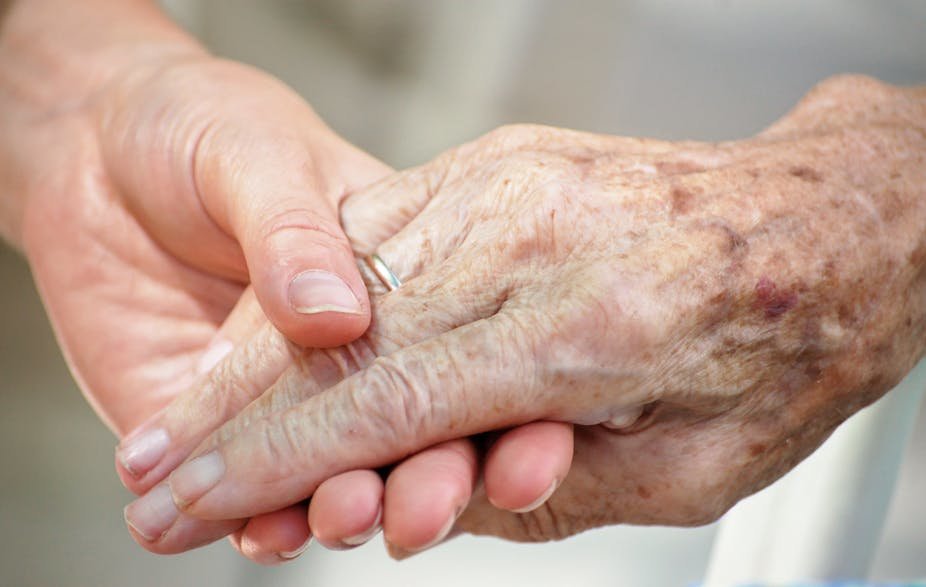Older persons to form 20% of Iran’s population by 2050: expert

TEHRAN — An Iranian demography expert has predicted that by the year 2050 older persons will make up 20 percent of the country’s population, ISNA reported on Sunday.
Census reports of 2016 indicate that the number of persons, aged 60 years or older, has increased by 1.5-fold over the past decade (2006-2016) in Iran. In 2006, some 5.1 million people were 60 or older, but the number rose to 6.1 million in 2011 and to 7.4 million in 2016. Currently, the country’s total population stands at about 80 million, of which some 9.3 percent is 60 or older.
Shahla Kazemipour explained that in the Iranian calendar year 1365 (March 1986-March 1987) 46 percent of the country’s population aged under 15, 51 percent aged between 15 and 64 and only 3 percent aged 65 years or older.
In 2016, the population of those aged under 15 stood at 23 percent, people aged between 15 and 64 reached 71 percent and some 6 percent aged 65 and older, she added.
She went on to say that after the Islamic Revolution in 1979 some 2 million births were reported while 400,000 died and last year (March 2017-March 2018) 1.5 million were born and 400,000 died.
Zero population growth can be achieved when the birth rate of a population equals the death rate, this has not happened in the country yet, but it is projected that by 2050 birth rate of a population equals the death rate in the country, Kazemipour said.
While older persons (aged 65 or older) constitute 6 percent of the population by 2050 they will grow more than three-fold, she highlighted.
According to the United Nations, almost 700 million people are now over the age of 60. By 2050, 2 billion people, over 20 per cent of the world’s population, will be 60 or older. The increase in the number of older people will be the greatest and the most rapid in the developing world, with Asia as the region with the largest number of older persons, and Africa facing the largest proportionate growth.
The composition of the world population has changed dramatically in recent decades. Between 1950 and 2010 life expectancy worldwide rose from 46 to 68 years, and it is projected to increase to 81 by the end of the century.
It should be noted that at present women outnumber men by an estimated 66 million among those aged 60 years or over. Among those aged 80 years or over, women are nearly twice as numerous as men, and among centenarians women are between four and five times as numerous as men. For the first time in human history, in 2050, there will be more persons over 60 than children in the world.
Resolution 45/106, passed by the United Nations General Assembly on December 14, 1990, declared October 1 to be the International Day of Older Persons. The theme for the 2018 celebration is “Celebrating Older Human Rights champions”.
The 2018 theme aims to:
Promote the rights enshrined in the Declaration and what it means in the daily lives of older persons;
Raise the visibility of older people as participating members of society committed to improving the enjoyment of human rights in many areas of life and not just those that affect them immediately;
Reflect on progress and challenges in ensuring full and equal enjoyment of human rights and fundamental freedoms by older persons; and
Engage broad audiences across the world and mobilize people for human rights at all stages of life.
MQ/MG
Leave a Comment